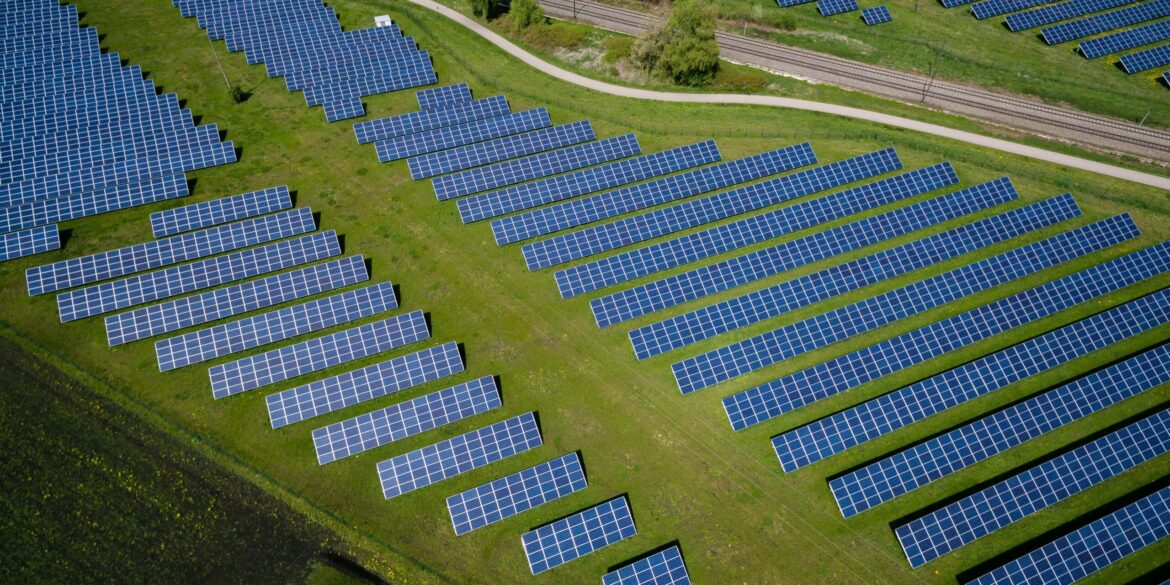In recent years, Florida has increasingly positioned itself as a leader in the push for renewable energy. The state is rapidly becoming a solar energy powerhouse, with the installation of solar panels across homes, businesses, and power plants growing exponentially. With the state’s abundant sunshine, solar energy offers a natural solution to addressing both environmental and economic challenges. In 2025, Florida continues to make significant strides toward its goal of reducing its reliance on fossil fuels and achieving a carbon-free future.
The Surge in Solar Energy
In 2025, Florida is expected to generate more than 25% of its energy from solar power, making it one of the top states in the country for solar energy production. According to the Solar Energy Industries Association (SEIA), Florida ranks second in the U.S. for installed solar capacity, only behind California. The state has invested heavily in both residential and commercial solar installations, as well as large-scale solar farms that generate power for the grid.
Recent initiatives by Florida Power & Light (FPL), the state’s largest utility provider, have accelerated the transition to solar energy. FPL has made significant investments in solar farms throughout the state, adding over 2,000 megawatts (MW) of solar capacity in 2024 alone. This has positioned the utility as one of the largest solar energy providers in the U.S., with plans to add another 10,000 MW of solar capacity over the next decade.
Residential Solar Power: A Growing Trend
In 2025, solar panel installations on residential properties have become a common sight in Florida neighborhoods. With incentives such as tax rebates, energy credits, and low-interest financing options, many Florida homeowners are now opting to go solar. The growing interest in solar energy is partly due to the rising cost of electricity, as well as a heightened awareness of the environmental impacts of fossil fuel-based energy sources.
In cities like Miami, Orlando, and Tampa, the adoption of solar energy is accelerating. Homeowners are taking advantage of Florida’s sunny climate to install rooftop solar panels, reducing their reliance on grid electricity and lowering their monthly energy bills. For example, in Miami-Dade County, the number of homes with solar panels has tripled over the past three years, according to the Florida Solar Energy Center.
The state’s solar tax credits, which allow homeowners to claim a percentage of installation costs back on their state taxes, have made solar energy more affordable. Additionally, the growth of solar financing options such as power purchase agreements (PPAs) and solar leases has enabled more residents to make the switch to solar without upfront costs.
Corporate and Utility-Scale Solar Expansion
While residential solar adoption is booming, Florida is also seeing an increase in utility-scale solar farms. The expansion of solar energy plants, particularly in rural areas, has helped diversify the state’s energy mix. These plants generate power for the state’s grid, supporting both commercial and residential customers.
One of the largest utility-scale solar projects in Florida is the FPL’s Babcock Ranch Solar Energy Center, which began operation in 2024. This massive facility spans more than 1,000 acres and produces over 450 MW of electricity—enough to power more than 70,000 homes. With the development of these large-scale solar farms, Florida is positioning itself as a leader in clean energy production, providing a sustainable alternative to coal and natural gas.
Environmental and Economic Benefits
The environmental benefits of transitioning to solar power are significant. By reducing reliance on fossil fuels, solar energy helps to lower greenhouse gas emissions, contributing to the fight against climate change. Solar energy is also a crucial component of Florida’s overall climate strategy, which includes increasing energy efficiency and reducing carbon emissions from transportation and industry.
Economically, solar energy has created thousands of jobs across Florida. The solar industry employs over 100,000 people in the state, and the industry’s growth shows no signs of slowing down. Solar installation companies, manufacturing plants for solar panels, and energy consultants have become an integral part of Florida’s economy.
Challenges to Florida’s Solar Growth
Despite Florida’s progress, there are several challenges to achieving a fully carbon-free future. One major challenge is the state’s energy policies, which have traditionally favored fossil fuels. Florida has no statewide renewable energy mandate, meaning utilities are not required to invest in solar energy unless it is cost-effective. This contrasts with other states that have enacted renewable portfolio standards, which require utilities to obtain a certain percentage of their power from renewable sources.
Additionally, Florida’s power grid must be upgraded to accommodate the influx of solar energy, which is intermittent in nature. The state is working to modernize its grid infrastructure, but more investment is needed to ensure that solar energy can be efficiently stored and distributed during times of high demand.
Conclusion
Florida is making impressive strides toward becoming a leader in solar energy production. As the state moves closer to its goal of reducing greenhouse gas emissions and achieving a carbon-free future, solar energy will play a central role in powering homes, businesses, and industries. While challenges remain, the state’s continued investments in solar infrastructure and policy reforms offer hope for a sustainable energy future.

